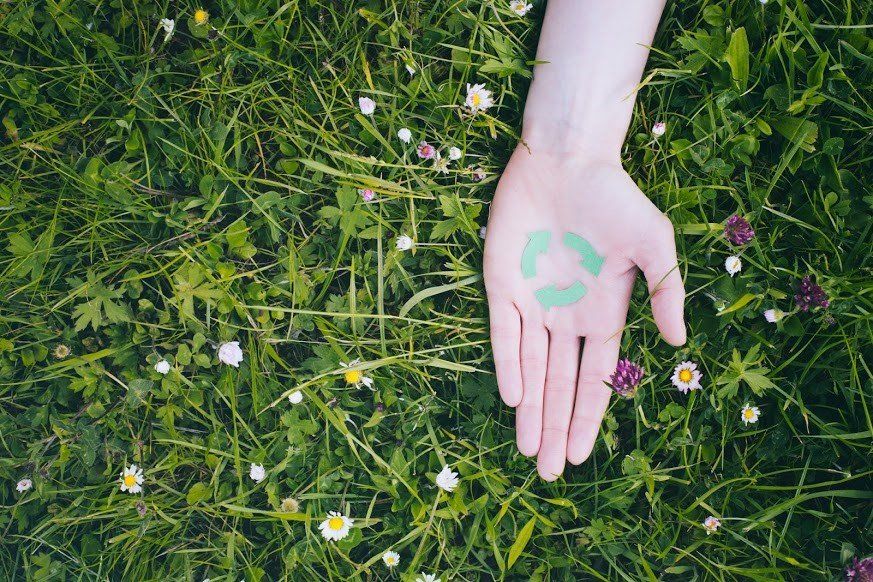4 Recyclable Materials for Your Awnings

One of the benefits of awnings is that they can help you live a greener lifestyle. For instance, you may use awnings to help improve passive cooling and reduce energy usage in your home.
But if you're committed to an eco-friendly lifestyle, you'll want to make sure the awnings themselves are as sustainable as possible. One way you can do that is to choose a recyclable awning material to reduce the overall environmental impact of your awnings.
Learn about some of the recyclable materials you should consider and why they could make great awnings for your home or business.
1. Aluminum
Aluminum is a long-lasting, hard-wearing, low-maintenance material. It's commonly used for roofs, but can also be used for other outdoor applications like deck railings and awnings. Unlike many other metals, aluminum doesn't rust when in contact with water, which is one reason why it can last so long. These traits make it a wonderful awning material.
Additionally, aluminum is a commonly recycled material and can be recycled over and over again. The process does take some energy, but it is still considered more eco-friendly than sending materials to a landfill.
2. Acrylic Fabric
Acrylic is a common type of synthetic fiber used in clothing and upholstery as well as outdoor applications such as patio furniture and awnings. It's great as an awning material for several reasons, such as:
- Acrylic doesn't biodegrade, so won't easily break down in outdoor conditions.
- Acrylic is UV resistant, so it can last a long time, even under harsh sun.
- Acrylic can be solution dyed for long-lasting coloration and fade resistance.
Your acrylic awnings can be recyclable as well. Although acrylics are not widely accepted for recycling, the Sunbrella company allows you to send your Sunbrella awnings (which are made of solution-dyed acrylic) back to the company, where they'll be recycled into new acrylic fabrics.
3. PTFE Fabric
PTFE (polytetrafluoroethylene) is a type of plastic material used to make tough, weather-resistant awning fabric. Like aluminum, it's great at standing up to all types of weather with minimal upkeep for years at a time, which is why it's so good for awning construction.
And unlike some other awning fabrics, PTFE is a recyclable option as well. Although recycling for this type of material isn't mainstream yet, it does exist. So if you choose PTFE fabric, you'll be able to map out a plan to sustainably dispose of your awnings when you next replace them.
4. Galvanized Steel
Standing seam awnings can be made of either aluminum or galvanized steel. While galvanized steel is less rustproof than aluminum — it has a rustproof exterior layer that can eventually wear through or become damaged — it's still a great awning material. Galvanized steel is durable and weather-resistant, and is typically more affordable than aluminum.
Galvanized steel is also more durable than aluminum in some ways, since it's harder and stronger. Galvanized steel is just as recyclable as aluminum too, and it will last for a while. In some cases, an old metal awning may look decrepit, but could be a candidate for metal awning restoration rather than total replacement.
These are just some of the recyclable awning options you should consider. Other types of awnings may have other eco-friendly disposal options such as upcycling. If you're unsure what the disposal options are for a specific type of material, your local awning contractors can provide more information.
To learn more about different types of awnings or to schedule an installation or service visit, give Lexington Tent & Awning Company a call today. We proudly offer a variety of services, from installation of various awning materials to awning cleaning, repairs, and restorations.
122 Eisenhower Ct., Nicholasville, KY 40356
- Mon - Fri
- -
- Sat - Sun
- Closed





